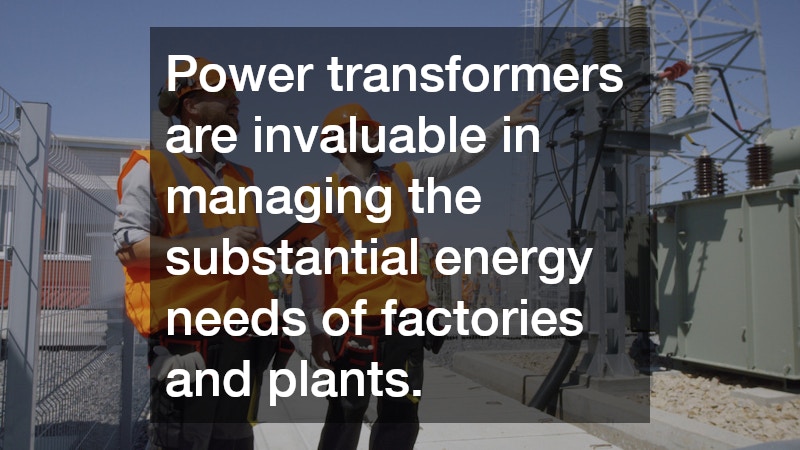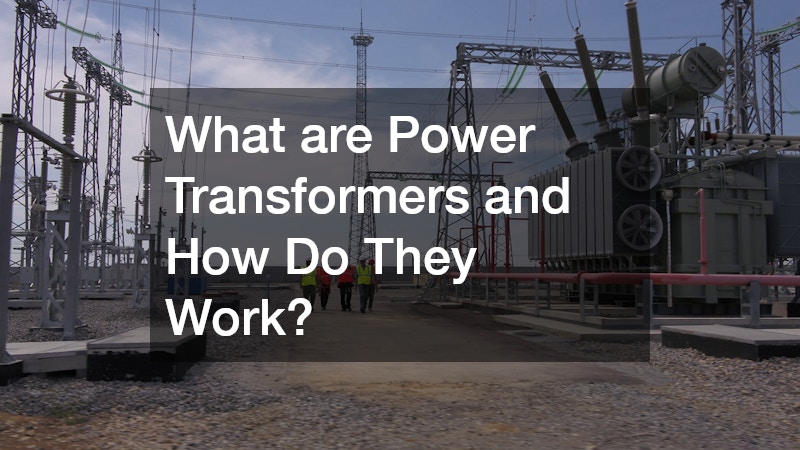
Power transformers play a critical role in the electrical systems that supply our homes and industries with the power needed for operation. Essentially, these devices transfer electrical energy between two or more circuits, stepping voltage levels up or down to ensure efficient power distribution. Understanding how they work involves delving into their construction, function, and the physics of electromagnetism that underpins their operation.
Power transformers are pivotal in reducing energy loss during transmission, which directly correlates with economic and environmental efficiency. The complexity of their design is a testament to the sophistication required to manage high-voltage energy safely and effectively.
The history of power transformers dates back to the late 19th century, during the Industrial Revolution, when the electricity demand began to soar. Initial designs were rudimentary but laid the groundwork for modern, high-efficiency units that impact our daily lives even today. These devices are a cornerstone of modern electric grids, facilitating the transmission of power over long distances directly to consumers. Their development was driven by the need to overcome the limitations of direct current (DC) transmission, which struggled with energy loss over distance. The shift to alternating current (AC), along with transformer technology, revolutionized how electricity is distributed across regions.
Power transformers vary in size and capacity, designed according to specific applications and the amount of power they need to handle. From industrial transformers, which support large-scale operations, to smaller units for residential use, their versatility is unmatched. They consist of key components like core, windings, and insulation materials, each playing a role in effective energy conversion and distribution. The differences between transformer types are primarily based on their application environment and the specifications of the electrical grid they serve. These specifications can drastically influence their construction materials and the cooling mechanisms employed during operation.
Working Principles of Power Transformers
At the core of a transformer’s operation is the phenomenon of electromagnetic induction, first discovered by Michael Faraday in the early 1830s. This principle states that a change in the magnetic field within a coil of wire will induce a voltage in a nearby coil. In a power transformer, electricity entering the primary coil creates a magnetic field that induces a varying electromotive force (EMF) in the secondary coil. This transformation of the electricity either steps it up to a higher voltage or down to a lower one, depending on the configuration of the coils. The shifts in voltage levels are crucial for both long-distance transmission and safe consumption levels.
The design of windings in a transformer is fundamental to its function and efficiency. Each coil, or winding, has numerous turns of wire where the number of turns directly affects the voltage transformation ratio. This is often expressed as a primary to secondary voltage ratio, which can precisely tailor the output electricity for specific requirements. Additionally, the choice of core material is vital, as it enhances the efficiency of magnetic flux transfer between the coils by providing a low reluctance path. The efficiency of a power transformer is typically around 95-99%, making them one of the most efficient electrical devices.
Besides the coils and core, insulation within a transformer is also a key aspect of its operation. Insulation materials prevent short circuits and are crucial for maintaining a transformer’s performance over the course of its operational life. These materials must withstand not only high voltages but also the thermal stresses typical of such applications. The choice of insulation impacts both the safety and the longevity of the transformer, emphasizing the need for high-quality materials in its construction. This meticulous attention to detail ensures that transformers can operate reliably under varying environmental conditions.
Applications and Importance of Power Transformers
The primary purpose of power transformers is to enable the efficient transmission and distribution of electrical energy across vast distances. High-voltage transmission minimizes energy loss, making it economically viable to transfer electricity from power plants to urban centers. Transformers reduce the high voltage from transmission lines to lower levels, suitable for home and business use. Without this capability, the modern energy distribution system as we know it would be impractical. Furthermore, transformers are not just about high-voltage distribution; they are also used in a myriad of applications like impedance matching and voltage regulation.
In industrial settings, power transformers are invaluable in managing the substantial energy needs of factories and plants. They provide the necessary power conversion that enables these facilities to operate machinery safely and efficiently. Considering the evolving landscape of renewable energy, transformers are set to play an increasingly important role. As grid systems incorporate more solar and wind energy, transformers help in integrating these variable energy sources into the existing infrastructure efficiently. Their adaptability and robustness make them indispensable as we transition towards sustainable energy solutions.
Another critical role of power transformers is in the realm of smart grid technology. They facilitate real-time monitoring and adjustment of power needs, enhancing the resilience and adaptability of electric grids. This ability to manage energy flow dynamically is crucial in responding to the growing demand for grid stability, especially with the rise of decentralized energy resources. Power transformers, therefore, are not just passive components but active enablers of intelligent energy ecosystems. Their evolution continues as technology advances, bridging the gap between traditional energy networks and future-ready systems.




